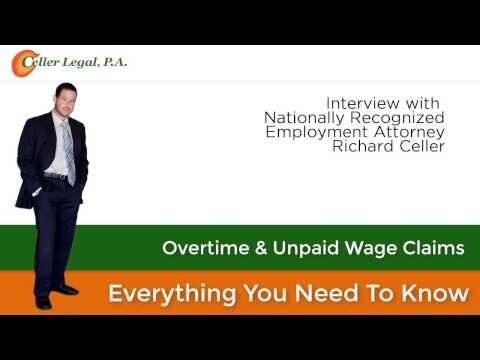
There will be no contributions (monthly or yearly deposits) to keep the calculation simpler. Let’s say you invest $1,000 in an account that pays 4% interest compounded annually. In order to calculate the future value of our $1,000, we must add interest to our present value. Because we are compounding interest, we must reinvest our interest earned so that our interest earned also earns interest. Most financial advisors will tell you that compound frequency is the number of compounding periods in a year. In other words, compounding frequency is the time period after which the interest will be calculated on top of the initial amount.

Further you can also file TDS returns, generate Form-16, use our Tax Calculator software, claim HRA, check refund status and generate rent receipts for Income Tax Filing. Following is the formula for calculating compound interest when time period is specified in years and interest rate in % per annum. FV – The FV function calculates the future value of an annuity investment based on constant-amount periodic payments and a constant interest rate. Below you can find information on how the compound interest calculator works, what user input it accepts and how to interpret the results and future value growth chart.
What’s the difference between simple and compound interest?
If you wonder how to calculate compound interest, these formulas provide the answer. Once again, our formula calculates a future value, but we are only one step away from calculating interest. In our example, the accumulated interest is $218.99, which is our future value of $1,218.99 minus our principal of $1,000 (remember that this interest is the sum of all the interest payments each year). One thing to note is that, because we were given an annual rate and were compounding annually, we were able to plug i and n into the formula directly. Let’s take a look at what to do when the rate given is not the rate per compound period.
The compound interest calculator
consists of a formula box, where you enter the compounding frequency,
principal amount, rate of interest, and the period. The calculator
will show you the future value of your investments. In practice, banks and other investments how to file taxes for ebay sales vehicles use yearly, quarterly and monthly compounding periods, in that order. Banks generally provide saving accounts with yearly capitalization of the interest while investments in stocks that pay a dividend have yearly, quarterly or monthly payments.
TaxCloud (Direct Tax Software)
However, it is important to understand the effects of changing just one variable. Expectancy Wealth Planning will show you how to create a financial roadmap for the rest of your life and give you all of the tools you need to follow it. You only get one chance to retire, and the stakes are too high to risk getting it wrong. This course will show you how to calculate your retirement number accurately the very first time – with confidence – using little-known tricks and tips that make the process easy. Note that when doing calculations, you must be very careful with your rounding.
- Because n represents the number of compounding periods, and we are compounding semiannually for five years, there will be 10 compounding periods.
- If your initial investment is $5,000 with a 0.5% daily interest rate, your interest after the first day will be $25.
- You may also wish to check out our
range of other finance calculation tools.
Therefore, the fundamental characteristic of compound interest is that interest itself earns interest. This concept of adding a carrying charge makes a deposit or loan grow at a faster rate. Calculate compound interest on an investment, 401K or savings account with annual, quarterly, daily or continuous compounding.
Simple vs. compound interest
As the main focus of the calculator is the compounding mechanism, we designed a chart where you can follow the progress of the annual interest balances visually. If you choose a higher than yearly compounding frequency, the diagram will display the resulting extra or additional part of interest gained over yearly compounding by the higher frequency. Thus, in this way, you can easily observe the real power of compounding.
- One thing to note is that, because we were given an annual rate and were compounding annually, we were able to plug i and n into the formula directly.
- The compound interest calculator
consists of a formula box, where you enter the compounding frequency,
principal amount, rate of interest, and the period. - Bear in mind that „8“ denotes 8%, and users should avoid converting it to decimal form.
- However, even when the frequency is unusually high, the final value can’t rise above a particular limit.
- All we have to do is subtract our present value from our future value because the future value is simply the present value plus interest.
Efiling Income Tax Returns(ITR) is made easy with ClearTax platform. Just upload your form 16, claim your deductions and get your acknowledgment number online. You can efile income tax return on your income from salary, house property, capital gains, business & profession and income from other sources.
Example calculation
It did not matter whether one measured the intervals in years, months, or any other unit of measurement. Bernoulli also discerned that this sequence eventually approached a limit, e, which describes the relationship between the plateau and the interest rate when compounding. If you want to roughly calculate compound interest on a savings figure, without using a calculator, you can use a formula called
the rule of 72. The rule of 72 helps you estimate the number of years it will take to double your money. The method is
simple – just divide the number 72 by your annual interest rate.
